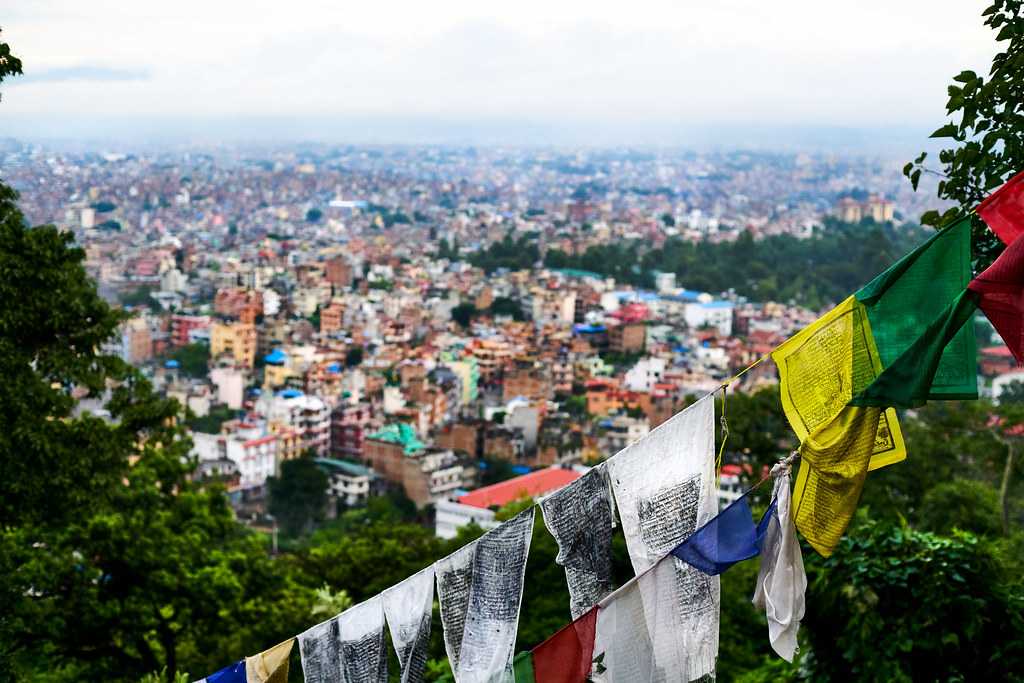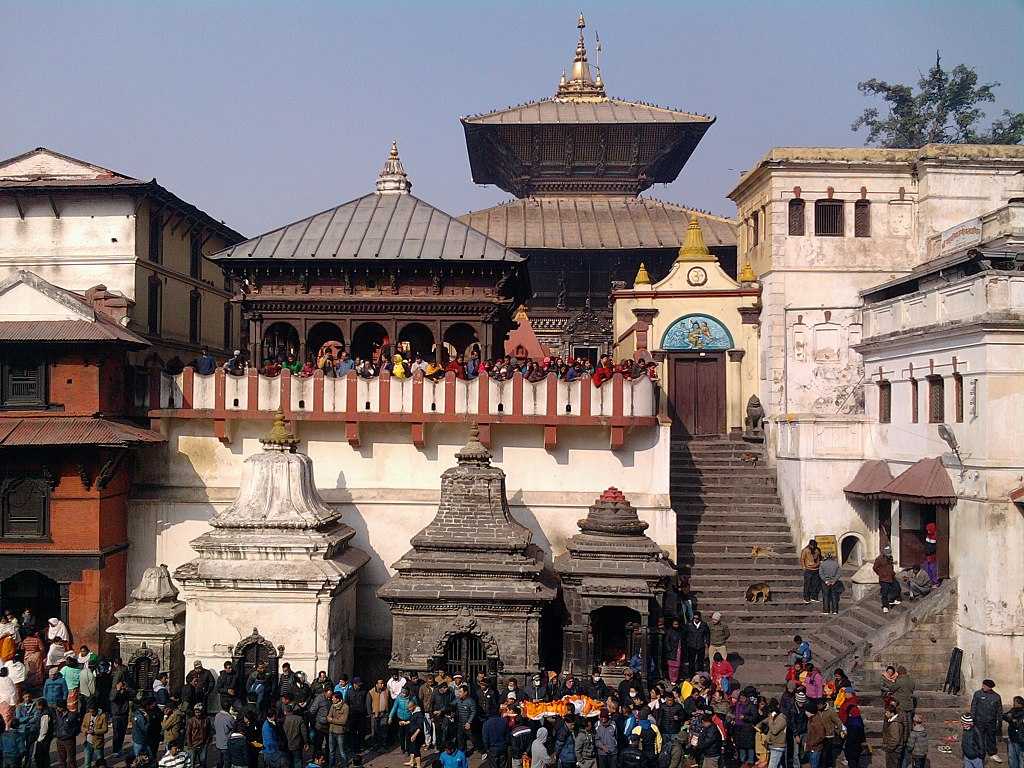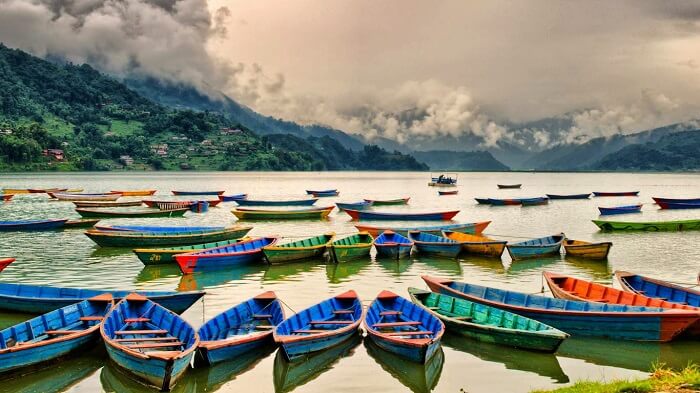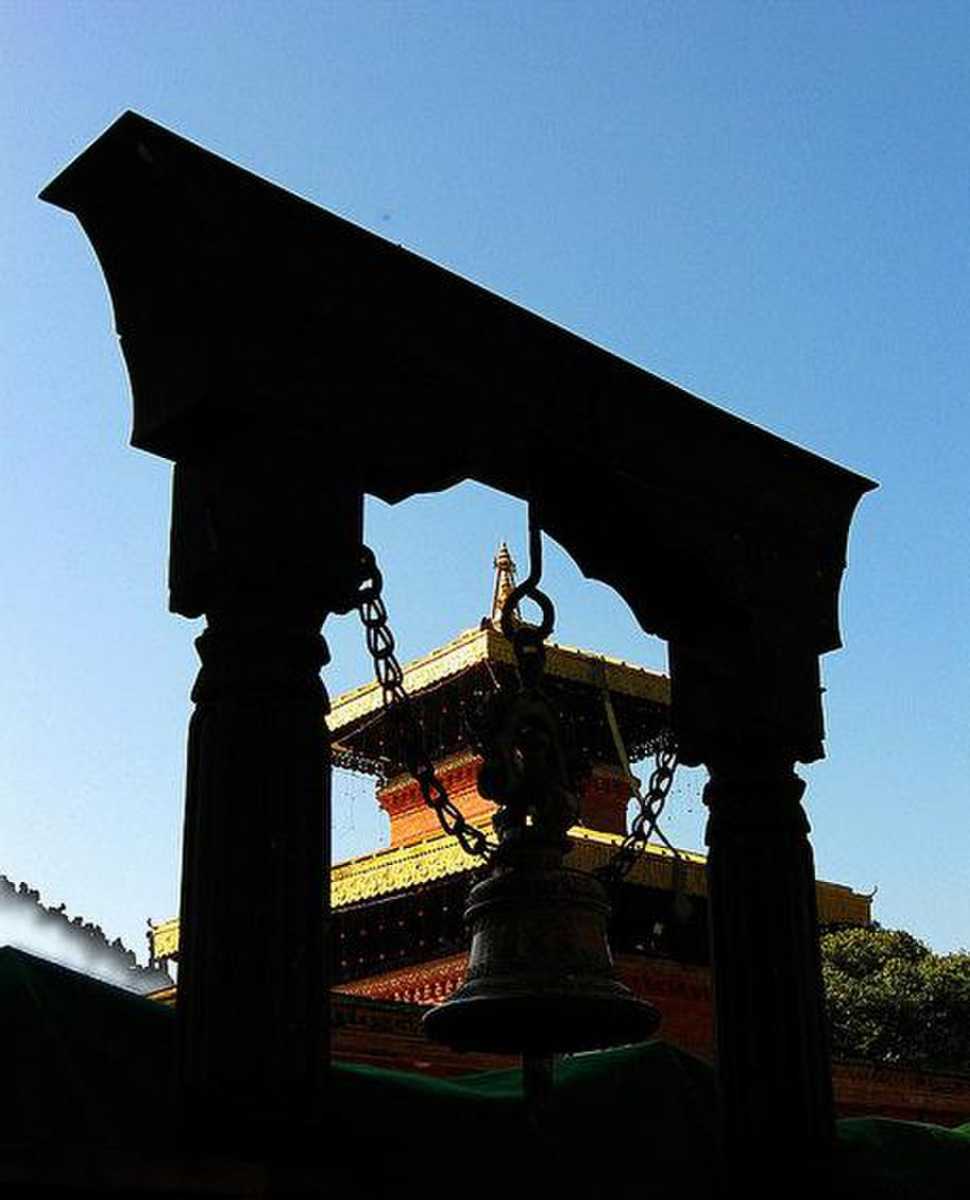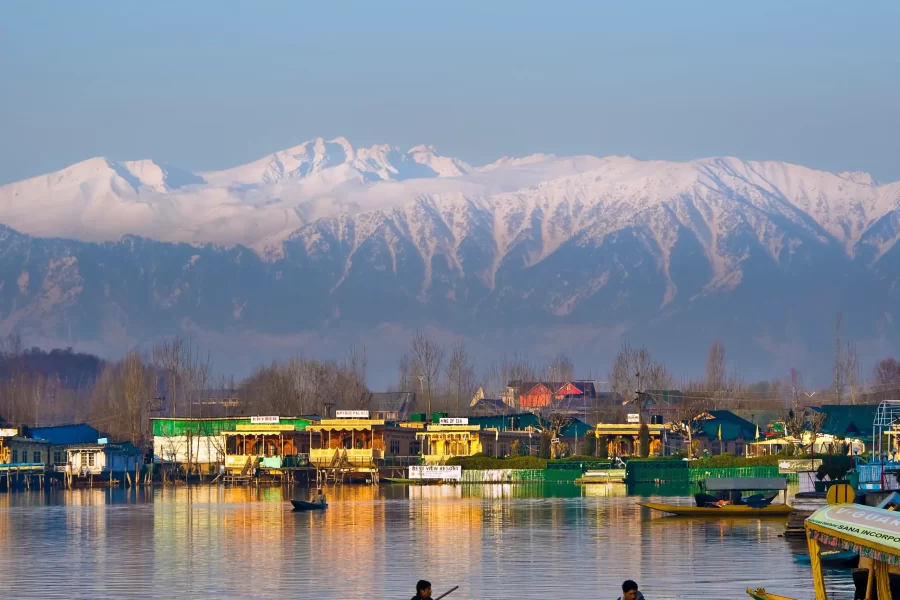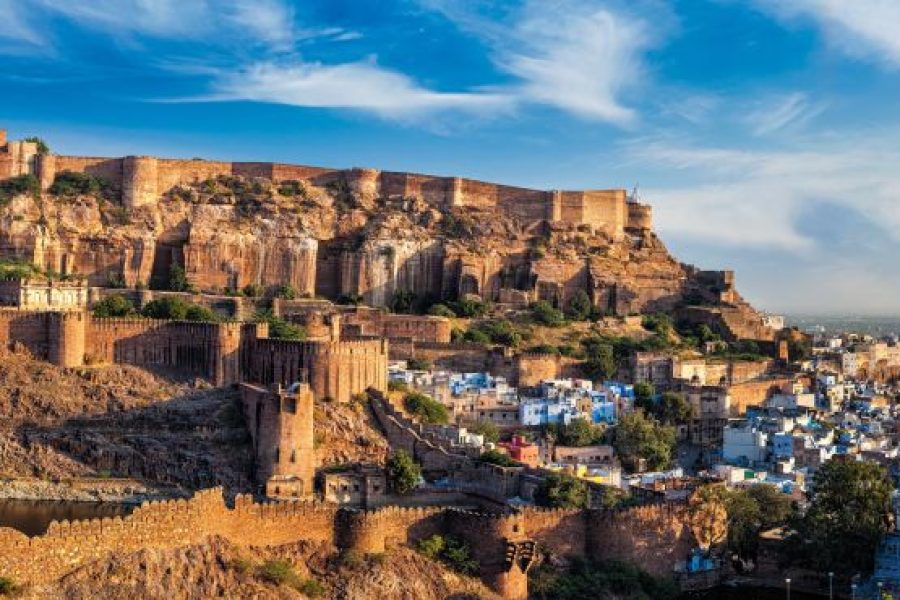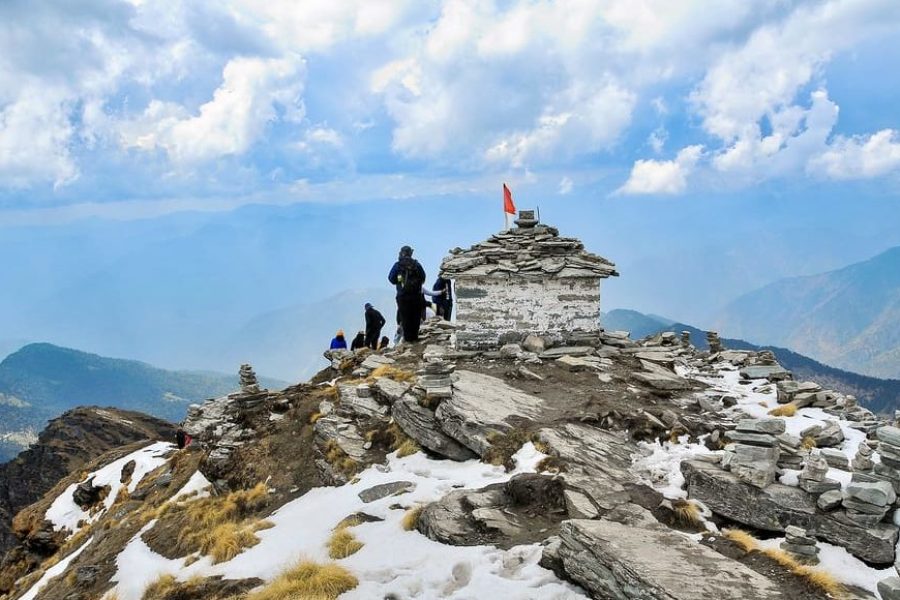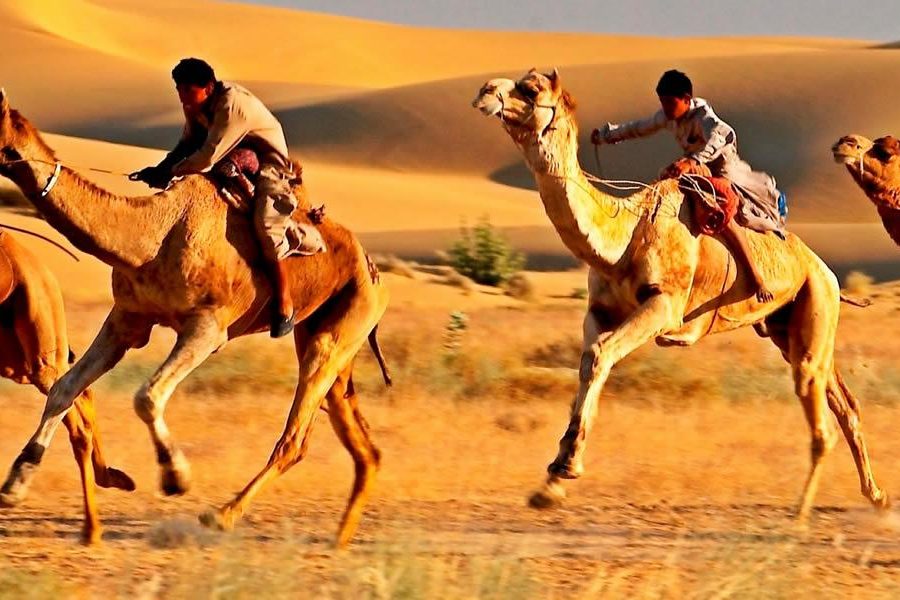- Historical Significance: Kathmandu has a long history that dates back over 2,000 years. It was a key stop along ancient trade routes and has been an important cultural and political center throughout Nepal’s history.
- Cultural Heritage: The city is home to seven UNESCO World Heritage Sites, including the Durbar Squares of Kathmandu, Bhaktapur, and Patan. These sites are famous for their stunning architecture, intricate carvings, and ancient temples and palaces.
- Religious Sites: Kathmandu is a melting pot of different religions. Key sites include the Swayambhunath Stupa (also known as the Monkey Temple), which offers panoramic views of the city, and the Pashupatinath Temple, one of the most important Hindu temples dedicated to Lord Shiva.
- Vibrant Markets: The city’s markets are bustling and colorful, with places like Thamel offering a range of goods from handicrafts to souvenirs. The Asan Tole area is known for its spices, fabrics, and traditional goods.
- Traditional Crafts: Kathmandu is renowned for its craftsmanship. You can find beautiful handmade jewelry, intricate wood carvings, and traditional Thangka paintings.
- Cuisine: The local food is diverse and flavorful. Don’t miss trying traditional dishes like momo (dumplings), dal bhat (lentil soup with rice), and sel roti (a type of rice doughnut).
- Natural Beauty: Surrounded by hills and mountains, Kathmandu offers stunning views and is a gateway to trekking in the Himalayas. The nearby Shivapuri National Park provides a green escape from the city bustle.
- Challenges: Kathmandu faces challenges like traffic congestion, pollution, and the impacts of natural disasters, including the 2015 earthquake that caused significant damage to historical sites and infrastructure.

